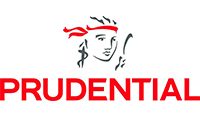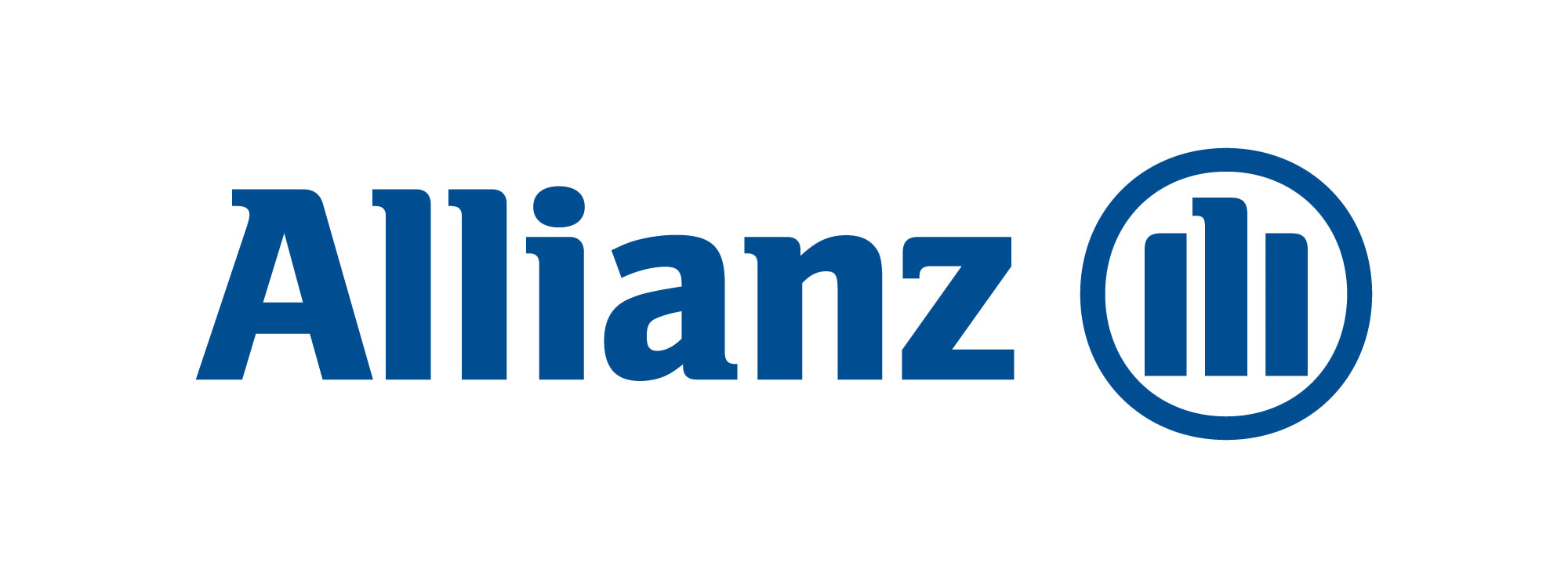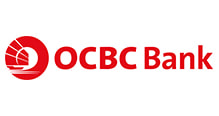|
As the NLP Culture Alignment project in the organisation progressed, more employees began to show signs of a turnaround. Trevor helming HR could see and hear more engagement. Simply seeing people around him smile more than they ever did before. Laughter rang in his ears and business was starting to show positive signs of an uptake. The merger that their organisation had been through, had pretty much wiped out any semblance of harmony that existed in the previous culture. It was heartening to note that things were turning around and so rapidly too As the NLP Culture Alignment project in the organisation progressed, more employees began to show signs of a turnaround. Trevor helming HR could see and hear more engagement. Simply seeing people around him smile more than they ever did before. Laughter rang in his ears and business was starting to show positive signs of an uptake.
The merger that their organisation had been through, had pretty much wiped out any semblance of harmony that existed in the previous culture. It was heartening to note that things were turning around and so rapidly too. George in Marketing ran a sizeable team of 25 people. He was looking after the Communications aspect – internal and external. As he embarked on the modular program, George realised how much he had not done as a team leader. He was actually inept to say the least, relying on old practice that did not fit any longer. As a manager in the workplace today, it wasn’t sufficient to produce exceptional performance. Today the bigger job was to understand behaviour and motivate teams to bigger outcomes. Strategies to improve teamwork were probably the biggest component of KPI’s. A big realisation hit him - that business was behaviour and behaviour was business. It was imperative that a manager understood the core of each and every member of the team and what it took for that person to totally blitz it! This NLP modular program for senior management which was split into five modules of two days each, was fantastic. George picked up tools that were easy to apply. More than anything he understood how values and beliefs impacted KPI’s and even deeper, how to re-direct them if needed. There was so much to be gained when teams worked well together. They had the capacity to harmonise and build on each other’s strengths. The NLP model, a toolbox that contained a bunch of processes, taught him how to build rapport and manage conflict. It provided great infrastructure on how to be a good team leader. Like a jigsaw puzzle it pulled together building blocks that gave him an understanding of how to diagnose a situation when problems arose and where to find solutions. A big gold nugget for him was learning how to stay out of content, working only with context, structure and process. So the days of “he said” and “she said” were over. Rather, he learnt how to ask the right questions that took the person out of “content”. For instance, when a conflict erupts in the team, rather than asking why it happened or what happened (which associates the team member back into the experience), he would seek to dissociate them first then ask questions like:
Questions like this interrupted thought patterns that forced team members to re-direct their mind to a solutions-based focus. This phenomenon of a “break state” was simple to do and produced fast results. George could now see how these little tips produced leverage to problem solving in a timely manner, where both team member and team leader were able to get back to their jobs, feeling resolved. He went “phew” in his head! To think of all the time he wasted in the past and the time he would be saving in future. This was but one process that learnt from the first course of two days. The following courses were filled with more processes that were so valuable to him as a team leader. These were main snippets that he wanted to focus on initially;
It was important he recognise his strengths and acknowledge his weaknesses. In fact, he was going to be more candid about them also his team could fill in the gaps when needed. They would feel his sincerity and transparency, two factors that were poignant in creating a strong team. Plus a bonus would be that they did the same.
As an NLP corporate coach which is what he would be at the end of this modular program, he would know how to utilise and apply the link between values and motivation. He now had the confidence to have one-on-one’s with each team member to elicit, re-prioritise and understand their values. He and they would be aware of what made them tick. This would set them up for success.
Structure was important to all team members. It provided certainty and gave members the ability to replicate talent wherever it surfaced. A communication plan needed to be put in place for the organisation to have current updates especially in troubled times. It eliminated the possibility of rumours, gossip and other negative spills of conversation that could easily happen. At the end of the day, being a good team leader could easily be felt by team members. The glue that bound a team together was an opening of the heart and leading from it. However firm or strict at a functional level, George knew his sincerity and kindness would shine through! Sylvia Fernandes is the Founder & CEO of VIA Frontiers. She is a Master Trainer of NLP who is specialised in corporate applications. She started her business in Sydney in 2002 and has been operating in the Asia Pacific Region ever since. She is currently based in Singapore. She is also the author of Bye Bye Black Cat -- Turn Your Luck Around and Realise Opportunities. Visit VIA Frontiers for more information.
0 Comments
Your comment will be posted after it is approved.
Leave a Reply. |
SYLVIA FERNANDES
Sylvia is a qualified Neuro Linguistic Programming (NLP) Master Trainer. She started her business in Sydney and is now based in Singapore. Archives
December 2024
Categories |

 RSS Feed
RSS Feed









